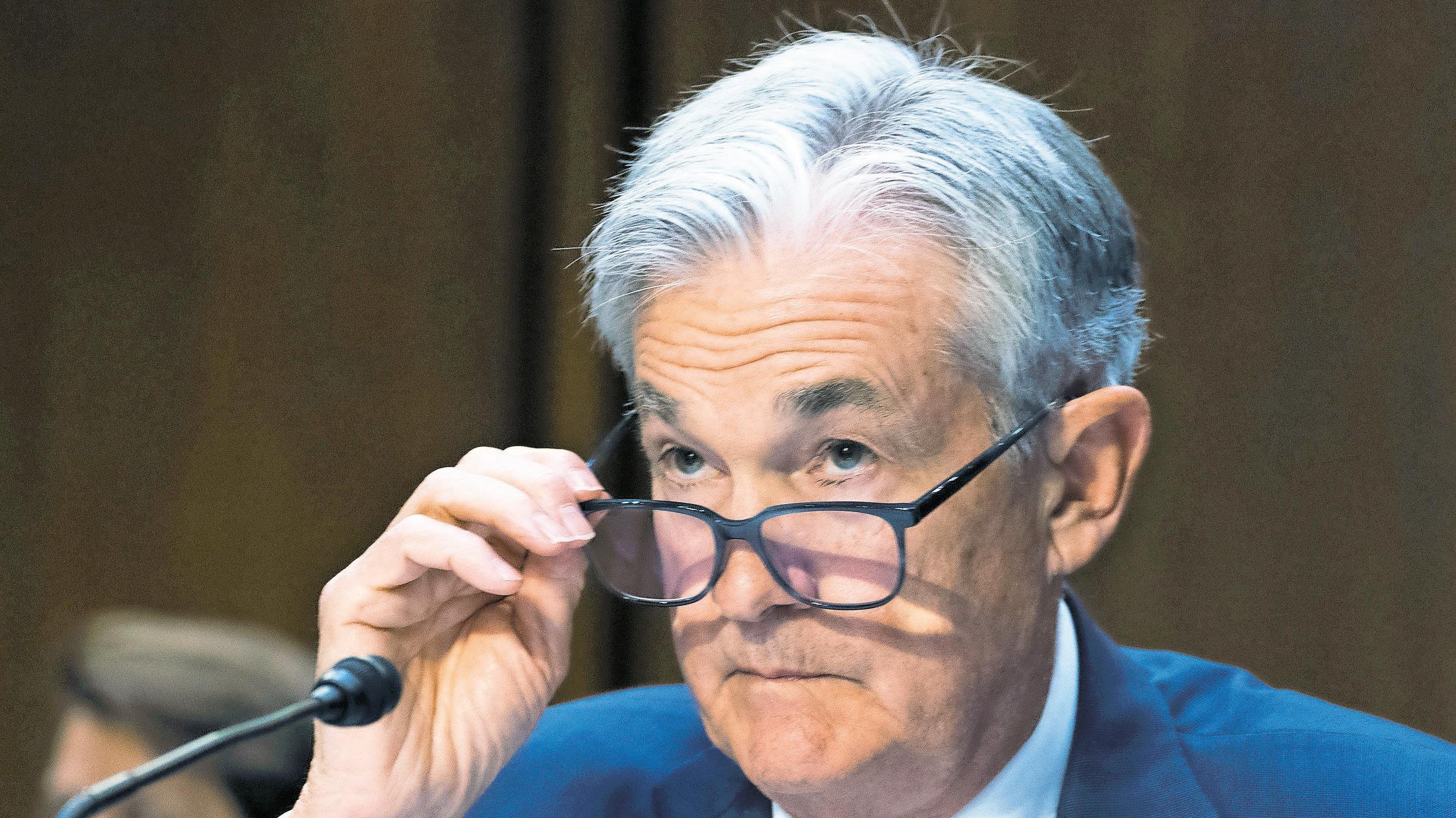
3 minute read
FED to announcE nEw hikE to intErEst ratE
Fed set to impose another big rate hike to fight inflation
Advertisement
Christopher Rugaber –The Associated Press
WASHINGTON — Conflicting signs about the health of the U.S. economy have thrust the Federal Reserve into a difficult spot. With inflation raging at a four-decade high, the job market strong and consumer spending still solid, the Fed is under pressure to raise interest rates aggressively. But other signs suggest the economy is slowing and might even have shrunk in the first half of the year. Such evidence would typically lead the Fed to stop raising rates — or even cut them. For now, though, the Fed is focused squarely on its inflation fight, and this week it’s set to announce another hefty hike in its benchmark interest rate. Together with its previous rate increases, the Fed’s moves will make borrowing costlier for individuals and companies and likely weaken the economy over time. “Until there’s very clear evidence of the labor market beginning to meaningfully deteriorate, the No. 1 focus for the Fed must be inflation,” said Matthew Luzzetti, chief U.S. economist at Deutsche Bank. After its policy meeting Wednesday, the Fed is expected to impose a second consecutive three-quarter-point hike, elevating its key rate to a range of 2.25% to 2.5%. It will be its fourth rate hike since March, when it announced a quarter-point increase. Since then, with inflation setting new four-decade highs, the central bank has tightened credit ever more aggressively. By raising borrowing rates, the Fed makes it costlier to take out a mortgage or an auto or business loan. In turn, consumers and businesses will likely borrow and spend less, cooling the economy and slowing price increases. The Fed’s hikes have already led to a doubling of the average rate on a 30-year fixed mortgage in the past year, to 5.5%, and home sales have tumbled. The central bank is betting it can slow growth just enough to tame inflation yet not so much as to trigger a recession — a risk that many analysts fear may end badly. The Fed’s rate hikes aren’t suited to address all the causes of high inflation. Higher borrowing rates can reduce spending. But they cannot reverse other factors, notably the global shortages of food, energy, factory parts and other items, which have been worsened by Russia’s war against Ukraine and COVID-19-related shutdowns in China. It will also likely take months for the Fed’s higher rates to reduce spending on airline flights, restaurant meals and other services. Many economists worry that this means the Fed will have to clamp down even harder on consumer and business demand, to bring it into balance with the economy’s restricted supply of goods and labor. The nation’s June jobs report showed that hiring has remained healthy, with employers adding 372,000 jobs last month. Employers’ continued need for labor has been elevating wages and contributing to inflation as companies pass their higher labor costs on to customers in the form of price increases. Oddly enough, though, despite the robust job market and its role in keeping inflation high, by some measures the economy is barely growing, if at all. When the government reports Thursday on growth in the April-June period, it may show that the economy shrank for a second consecutive quarter. Though two straight quarters of negative growth are sometimes seen as an informal definition of recession, few economists think the economy is in a downturn. Instead, recessions are defined by the National Bureau of Economic Research, a nonprofit group of economists. The NBER assesses a broad range of data in determining recessions and places heavy weight on incomes and jobs. Economists note that employers have added 2.7 million jobs so far this year, which points to an economy far from recession.
Federal Reserve Chairman Jerome Powell speaks to the Senate Banking, Housing and Urban Affairs Committee. >AP Photo/Manuel Balce Ceneta, File
In fact,
The central bank is betting it can slow growth just enough to tame inflation yet not so much as to trigger a recession. Until there’s very clear evidence of the labor market beginning to meaningfully deteriorate, the No. 1 focus for the Fed must be inflation. Matthew Luzzetti, chief U.S. economist, Deutsche Bank.




